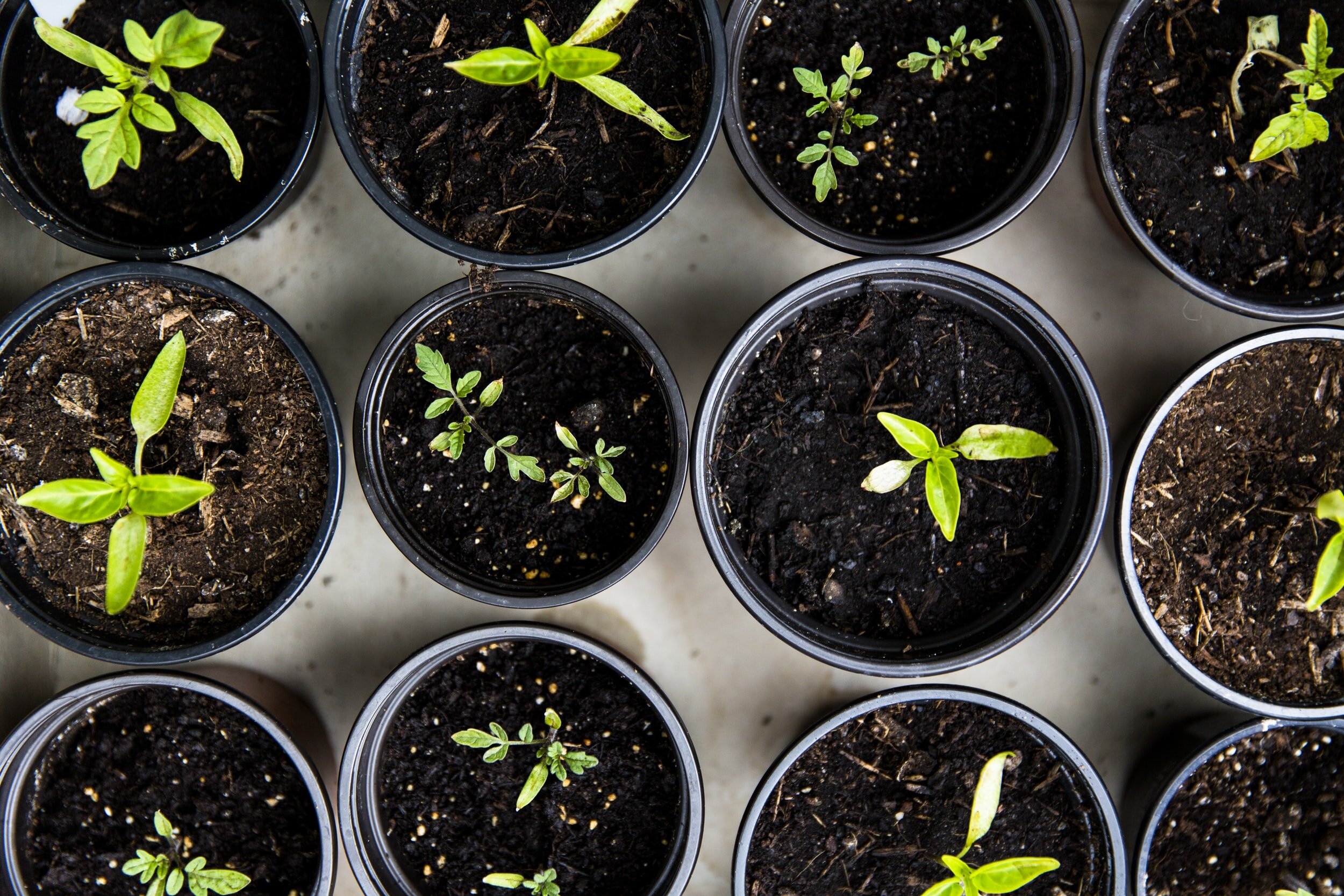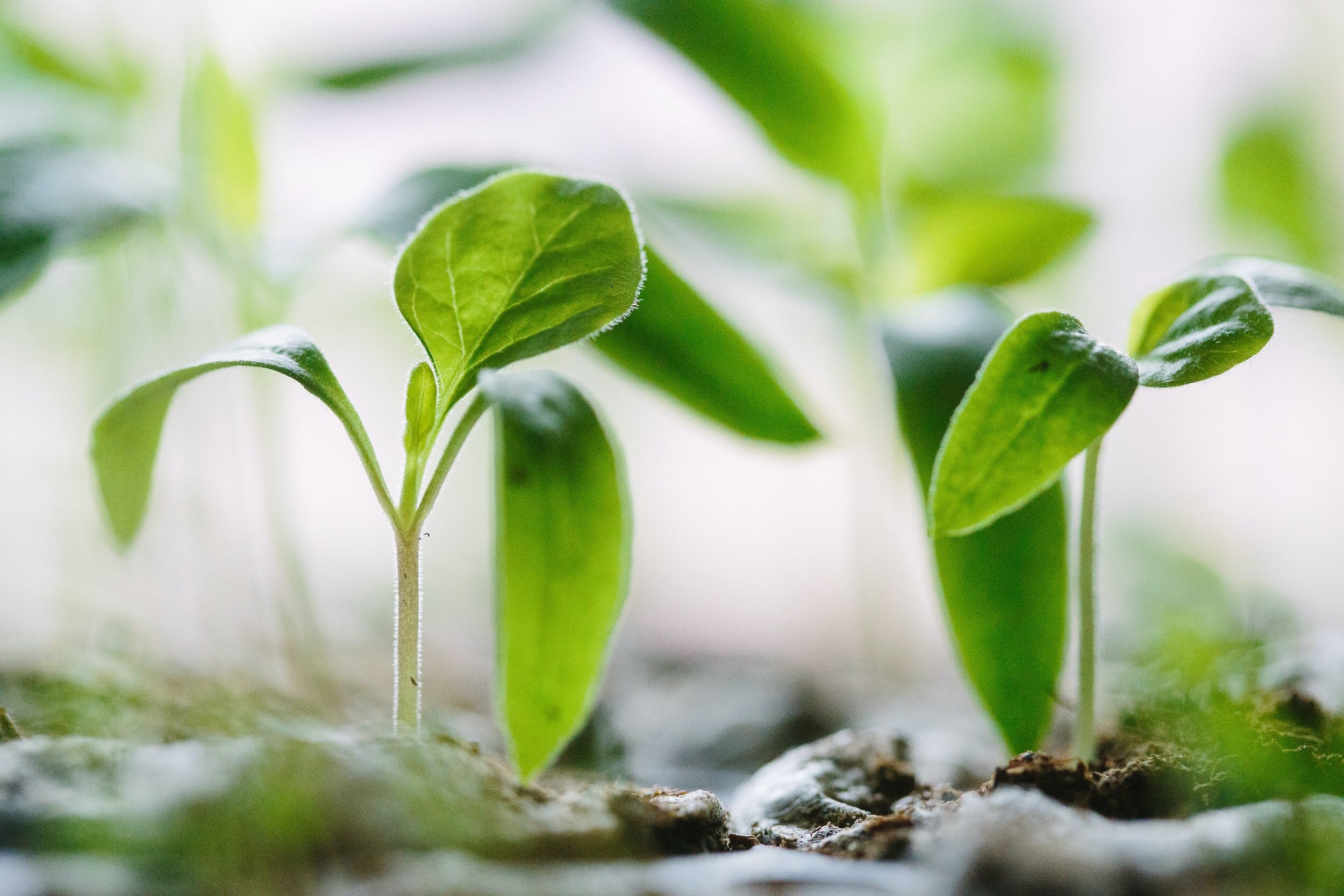May...day.. May..day.
Welcome to the second instalment of our new monthly Andra blog focused on our instructor Beth’s allotment.
Each month Beth will be talking us through what she has been growing and what we can cook or make with the produce from that month. Beth and her husband have started an Instagram page for their allotment called @pipsandhoes for anyone who would like to know more. Over to Beth…
The crazy weather has continued and it has seen us shuffling back and forth between putting things out and taking them back in, trying to dodge first the lack of rain and then the surprise frosts. But a few things are in the ground and underway!
This month, first of all, we are loving Milk Thistle. Ok, not technically a fruit or vegetable and won’t necessarily impress the neighbours but useful and pretty nonetheless. For those of you who have been known to have one too many on a Friday night (especially now the pubs are back open) this plant (or its extract) can be your new best friend. It is known for its properties for the liver and is also known by the name ‘liver tonic’.
Here’s How:
● The plant can be used to make tea from and the seeds are edible. Once the plant has produced its beautiful flowers and they have started to dry out a little (looking a little like dandelion clocks) cut the flowers about 6” down the stem. Store in a jar.
● Allow them to dry completely and open and shake the jar until all seeds come out.
● Use gloves to extract the seeds as the clues in the name (thistle).
● Allow them to dry out in a sunny spot for 10 days.
● You now have seeds you can eat or replant!
Milk Thistle Tea
Grind up a few seeds to make 1 teaspoon of powder per cup. Place near boiling water over the powder and leave to steep for 5 minutes. Sweeten or add milk if you like.
And voila a delightful nutty unusual tea. For those times when you have been having just a little too much fun!
(you can grow in a pot and as it's known for its ability to spread easily it is recommended to keep it contained and not let it run wild, even if you do)
Now back to the land of vegetables….
We have also been busy planting out our Purple Sprouting Broccoli. Not only are the seedlings beautiful but they seem to be surviving, which currently makes me love them!
We started the seeds off in February in the heated propagator and put them out towards the end of April. They are known to be a really hardy plant with a fairly long growing time. So we are basically looking at what will hopefully form part of our Christmas dinner. Obviously we are playing the long game with these but it will be worth it and here is why:
● It's very versatile flavour and can be used raw in salads, lightly cooked (see below) or a more robust cook for those that like a little less bite to their veg.
● It's one of the Queens of the Vitamin C world. Roughly 1 cup gives up to 135% of your RDA.
● It is one of the highest protein vegetables that there is and with a low calorie and fat content to go with it.
Purple Broccoli with garlic and sesame
● 1 cup of broccoli spears per person
● 2 tsp sesame oil
● 1 clove of garlic crushed
● Half a tsp of chilli flakes
● Tsp of sesame seeds
Heat a wok to a high heat with the sesame oil, add garlic and chilli and stir fry for 1 minute. Add the broccoli and cook for 4 minutes moving constantly. Turn off the heat and add the seeds, stirring constantly for 1 minute as the seeds lightly toast.
A great accompaniment to any dish






